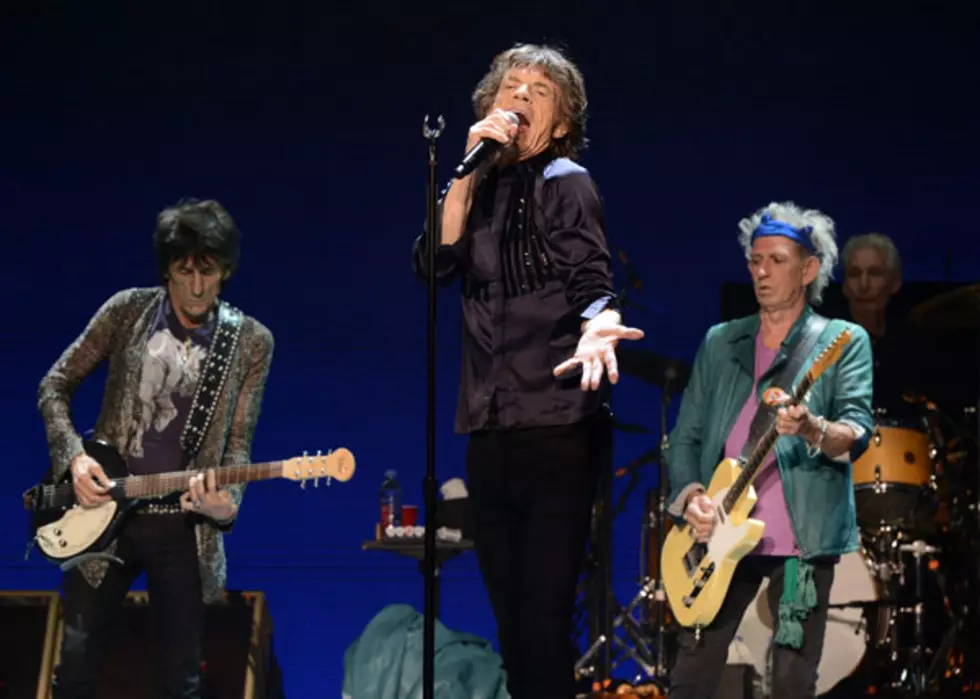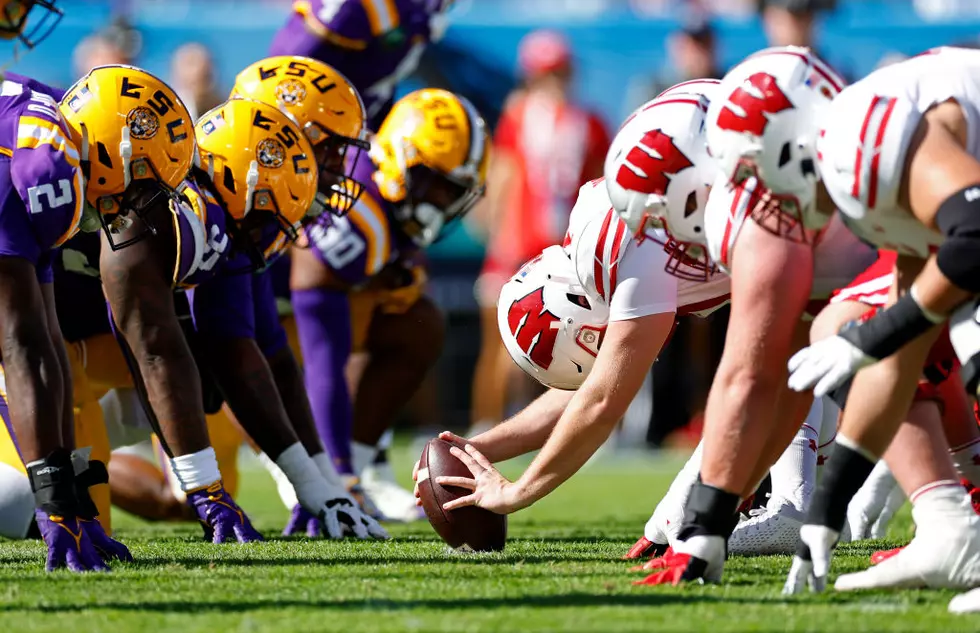
Behind the Hit- Satisfaction
The guitar riff that conquered the world!
On June 5, 1965, The Rolling Stones played to about 3,000 people at Jack Russell Stadium in Clearwater, Florida while on their third US tour. According to a June 6, 2007 article in the St. Petersburg Times, about 200 young fans got in an altercation with a line of police officers at the show, and The Stones made it through just 4 songs as chaos ensued. That night, Keith Richards woke up in his hotel room with the guitar riff and lyric "Can't get no satisfaction" in his head. He recorded it on a portable tape deck, went back to sleep, and brought it to the studio that week. The tape contained his guitar riff followed by the sounds of him snoring.
Richards was staying at the Fort Harrison Hotel (known at the time as the Jack Tar Harrison Hotel) when he rolled out of bed with the idea for this. The hotel still exists. In 1975, it was bought by the Church of Scientology and frequently hosts religious retreats.
The guitar riff is similar to Martha and the Vandellas "Dancing in the Street." Richards thought that is where he got the idea, and was worried that it was too similar.
This was released in the US 3 months before it was released in England, since The Stones did not want to release it in England until they were there to support it. While they were touring in America, they became very popular in England, so they kept recording singles in the States to keep their momentum until they could return for a tour.
Mick Jagger (1968): "It sounded like a Folk song when we first started working on it and Keith didn't like it much, he didn't want it to be a single, he didn't think it would do very well. I think Keith thought it was a bit basic. I don't think he really listened to it properly. He was too close to it and just felt it was a silly kind of riff."
Richards ran his guitar through a Gibson Fuzz Box to create the distortion effect. He had no intention of using the sound on the record, but Gibson had just sent him the device, and he thought the Fuzz Box would create sustained notes to help sketch out the horn section. The band thought it sounded great and wanted to use the sound because it would be very unusual for a Rock record. Richards thought it sounded gimmicky and did not like the result, but the rest of the band convinced him to ditch the horn section and use the distorted guitar sound.
There is some debate as to whether this is the first use of Fuzz guitar in a Rock song. Shiloh Noone sheds some light on the subject in his book Seekers Guide To The Rhythm Of Yesteryear: "Anne Margaret does have one claim to fame that embarrassingly whitewashes the Rock generation, namely her studio recording of 'I Just Don't Understand' which boasts the first fuzz guitar applied to wax, courtesy of Billy Strange, a one time member of Phil Spector's Wrecking Crew that later hit the charts with an instrumental version of Monty Norman's 'James Bond theme.' 'I Just Don't Understand' was later launched as a single by Freddie & The Dreamers and also played live by the Beatles at the Cavern. Billy Strange repeated his fuzz on 'Zip-A-Dee-Doo-Dah' (Bob B Soxx & The Blue Jeans). So what's the buzz about fuzz? Well it did launch the early stages of Psychedelia and boost its prime exponents The Ventures, specifically their 1962 single '2.000lb Bee.' Sure fisted Keith Richard claims he revolutionized the fuzz on the ripping 'Satisfaction' while utilizing his new fuzz box, yet Big Jim Sullivan used it previously on P.J. Proby's 'Hold Me.' Billy Strange exalted the riff that Link Wray had already laid claim to 3 year previous, so what's the fuzz?"
Richards (1992): "It was the first (fuzztone box) Gibson made. I was screaming for more distortion: This riff's really gotta hang hard and long, and we burnt the amps up and turned the s--t up, and it still wasn't right. And then Ian Stewart went around the corner to Eli Wallach's Music City or something and came around with a distortion box. Try this. It was as off-hand as that. It was just from nowhere. I never got into the thing after that, either. It had a very limited use, but it was just the right time for that song."
Mick Jagger wrote all the lyrics except the line "Can't get no satisfaction." The lyrics deal with what Jagger saw as the two sides of America, the real and phony. He sang about a man looking for authenticity but not being able to find it. Jagger experienced the vast commercialism of America in a big way on their tours, and later learned to exploit it, as The Rolling Stones made truckloads of money through sponsorships and merchandising in the US.
The Stones performed this on The Ed Sullivan Show in 1966. The line "Trying to make some girl" was bleeped out by censors.
This was included on the US version of Out Of Our Heads, but not the British. Putting singles on albums was considered ripping people off in England.


